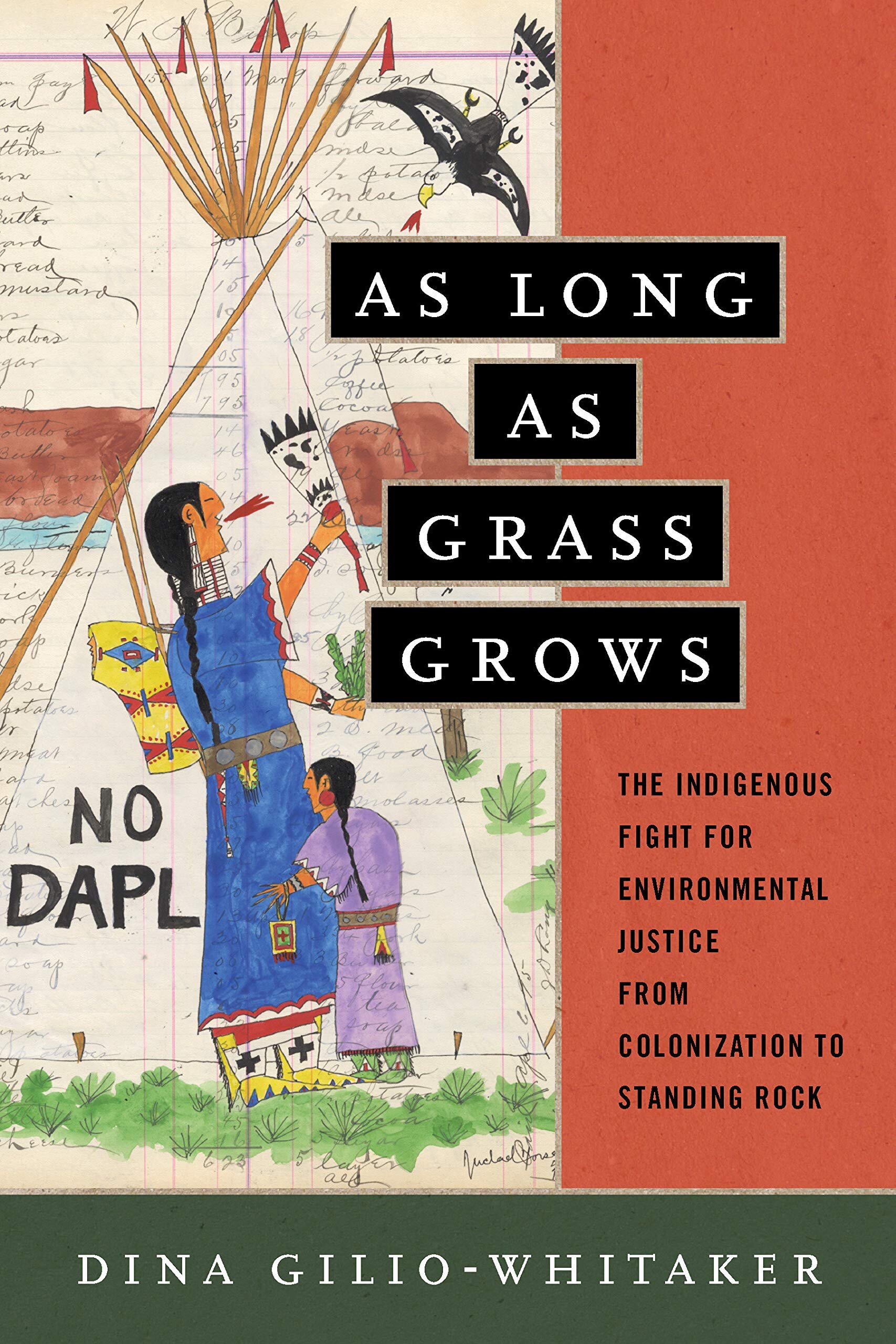5 Books on Intersectional Environmentalism to Add to Your Earth Month Reading List
Taking care of our home on Earth benefits all of us — but to truly fight for a better world, we need to center the communities most impacted by climate change, and acknowledge who is left behind in mainstream environmental activism.
30 years ago, Kimberlé Crenshaw coined the term “intersectionality,” which she describes as “a lens through which you can see where power comes and collides, where it interlocks and intersects.”
Intersectional environmentalism, according to a resource hub by the same name, “identifies the ways in which injustices affecting marginalized communities and Mother Earth are interconnected.”
We see these intersections in the five-year water crisis in Flint, Michigan, the barriers to entry in the outdoor industry, the water protectors at Standing Rock, and low-income communities bearing the brunt of climate change impacts. By making our environmental activism intersectional, we’re saying that clean water, healthy air, and a deep relationship with the Earth are rights, not privileges.
Ready to dive deeper? Check out these five books on intersectional environmentalism.
Black Faces, White Spaces: Reimagining the Relationship of African Americans to the Great Outdoors
By Carolyn Finney (UNC Press, 2014)
“Sometimes we make the leap from, ‘We’re not seeing them at the park, so [therefore] they’re not engaged with the environment,’” Carol Finney told the Yale School of the Environment while promoting Black Faces, White Spaces.
In this book, Finney combines scholarly analysis with the lived experience of Black Americans — and connects the dotsfrom slavery, Jim Crow, and other racial violence to the ways whiteness has shaped the American great outdoors.
Toxic Communities: Environmental Racism, Industrial Pollution, and Residential Mobility
By Dorceta Taylor (NYU Press, 2014)
Why are so many poor and minority neighborhoods actively hazardous to live in? Sociologist Dorceta Taylor looks at a legacy of segregation, exclusionary zoning, big-business shortcuts, and urban renewal to enhance our understanding of environmental racism.
A Terrible Thing to Waste: Environmental Racism and Its Assault on the American Mind
by Harriet A. Washington (Hachette, 2019)
Harriet A. Washington centers Black Americans in this study on the impacts on environmental racism. Take this sobering statistic: “Middle-class African American households with incomes between $50,000 and $60,000 live in neighborhoods that are more polluted than those of very poor white households with incomes below $10,000.”
From lead poisoning to environmental waste, Washington outlines the systemic injustices that cause permanent damage to the health — and lives — of Americans of color.
As Long as Grass Grows: The Indigenous Fight for Environmental Justice, from Colonization to Standing Rock
by Dina Gilio-Whitaker (Beacon Press, 2019)
Indigenous researcher and activist Dina Gilio-Whitaker details the long and rich history of Native peoples’ fight for environmental justice, from treaty violations to Standing Rock — and argues that environmentalists need to look to Indigenous communities for wisdom and inspiration.
Rooted in the Earth: Reclaiming the African American Environmental Heritage
By Dianne D. Glave (Chicago Review Press, 2010)
By tracing the history of African Americans’ relationship with the natural world, exploring Black environmentalism, and telling the stories of Black naturalists, environmental historian Dianne D. Glave flips stereotypes about the African American experience in the outdoors.







